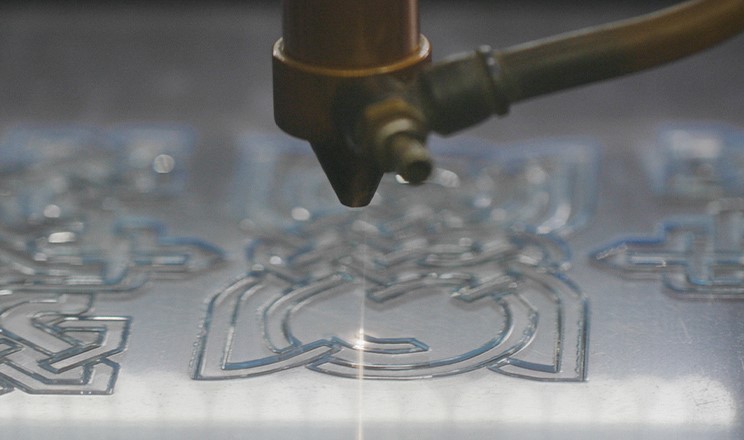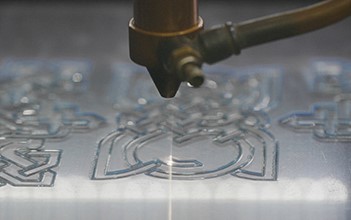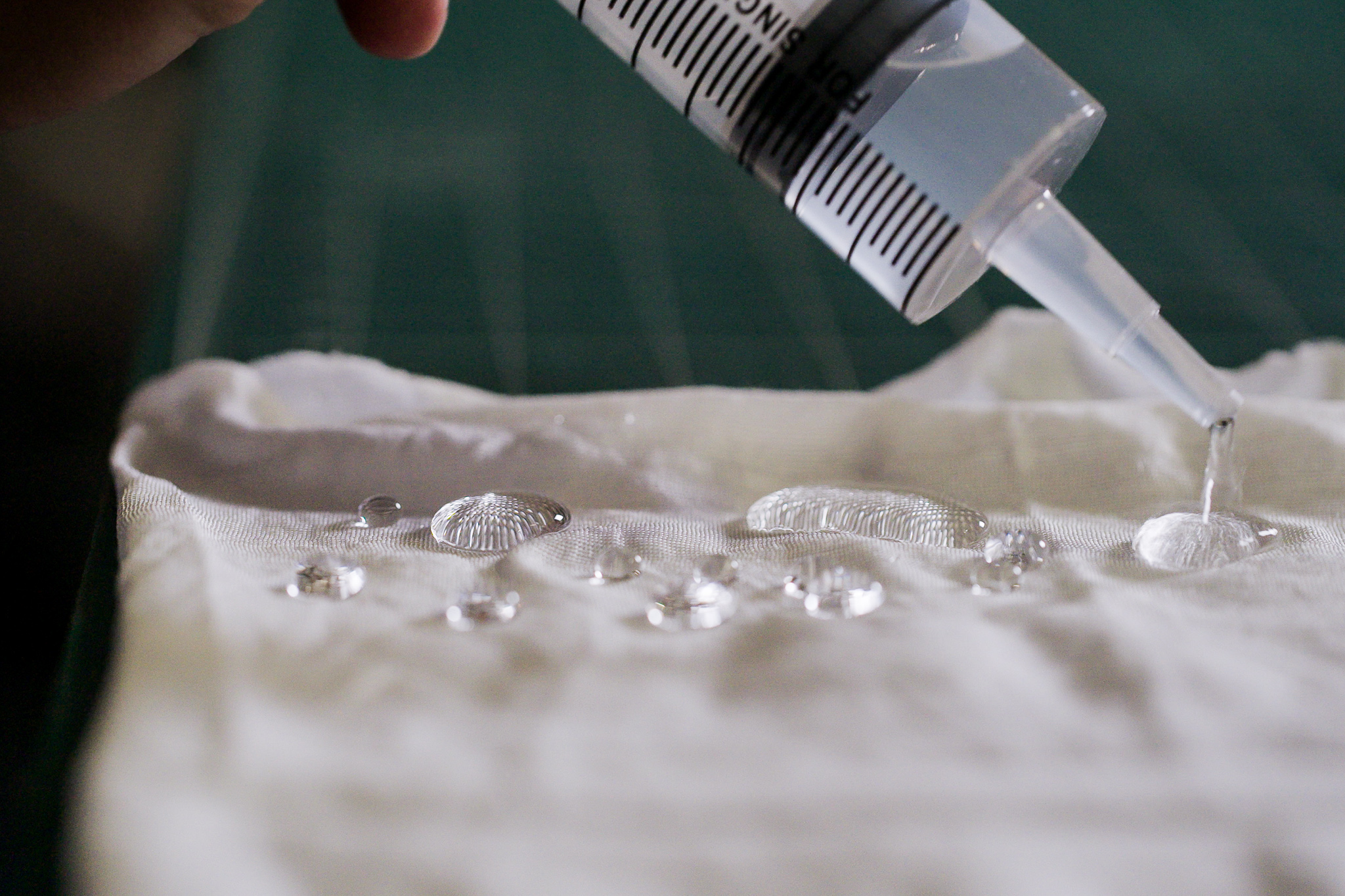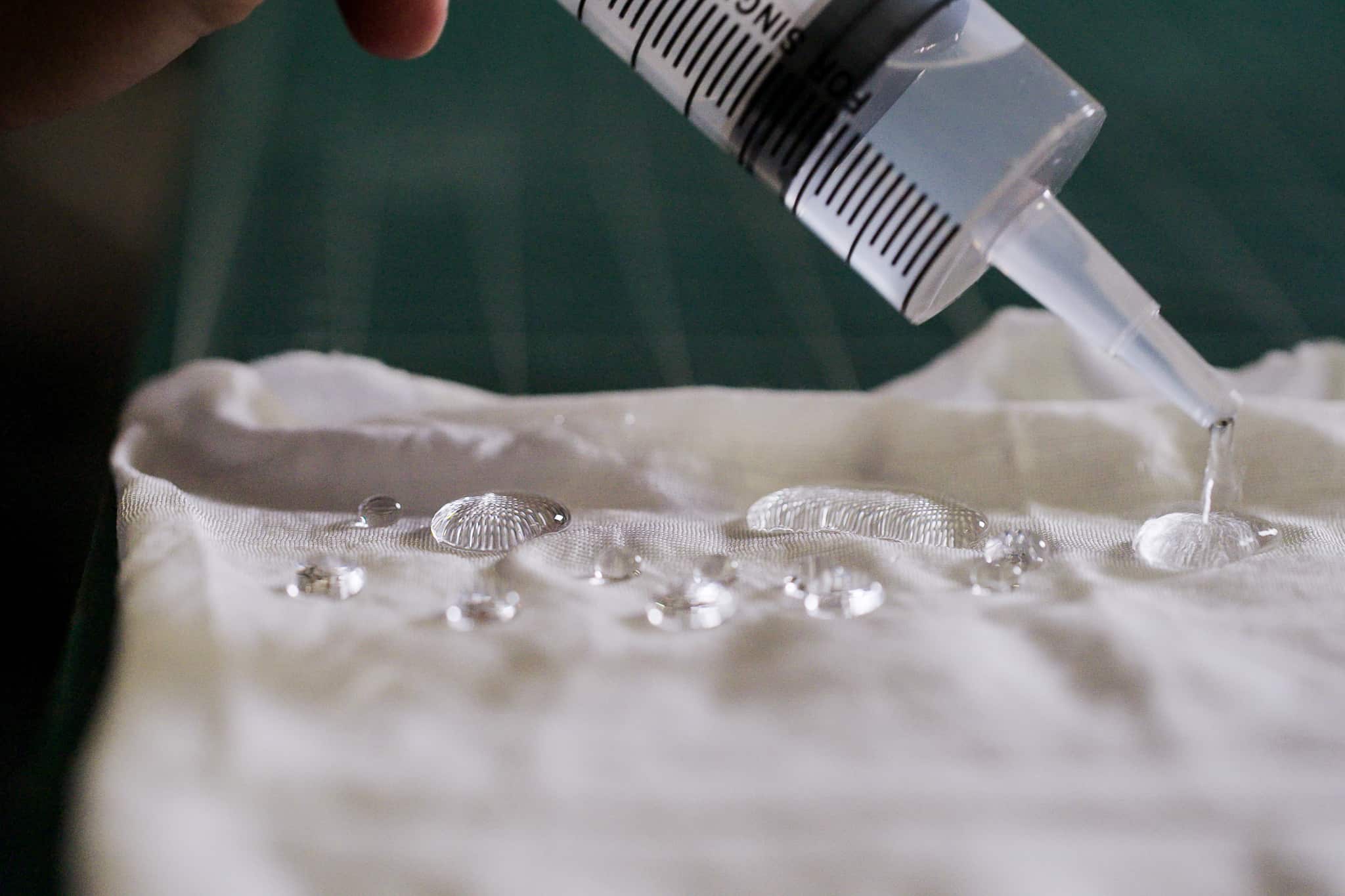For centuries humans have dressed in natural materials such as fur, flax, wool, silk, jute, hemp, cotton, leather and rubber. At the end of a material's useful life, which could span many decades, it would biodegrade in the soil.
Synthetics have changed all that. A pair of synthetic leggings sent to landfill may take centuries to decompose4 — and much unwanted western clothing lands up in the developing world, clogging sewers and creating landfill mountains5.
Today's designers want to turn the clock back to an era where nothing is wasted, but without losing the benefits of synthetic fibres, which tend to be both wrinkle-proof and stretchy.
Traditional materials, like the fast-growing hemp plant, have their part to play. But innovators are also working with a whole new palette. New fabrics include textiles made from algae, seaweed and mycelium, the root network of mushrooms, as well as waste products.





